We provide over 100+ FREE crypto articles on our SubStack! :D (Link on our profile)
TLDR:For crypto-entrepreneurs and long-term investors, yield farming works. But it is still a short-term incentive and not a long-term solution. So use this method with precaution.
General Conclusion
Last week, we talked about a possibility of going back to the international gold standard by replacing gold with bitcoin. Today, we are talking about the agrarian society 2.0. I guess history really does repeat itself in new forms!Today, we are talking about yield farming, the modern day agriculture. Instead of harvesting crops, we are harvesting tokens.Yield farming is part of token distribution and user acquisition. It's basically mining tokens by using the protocol (i.e. executing trade). It's attractive because it's possible to get a 100% APY. But it comes with risks.
1. Projects Using Yield Farming
- Sythetix: issuing SNX tokens to liquidity provider. It worked since sETH tokens make up 1/3 of uniswap's liquidity pool
- Curve Finance: issue native tokens like SNX, REN, BAL, CRV to liquidity providers
- Compound: The total assets under Compound has surpassed Maker, the top DeFi app. It is the primary market for a decentralised money market. Daily COMP tokens are issued to users based on trading volume. It worked since 1 billion new assets entered the Compound market
- Balancer: Weekly BAL tokens are issued to users based on trading volume. Before the distribution, volume had generally been under $2 million. Since the distribution, it has generally been around $4 million. But on Sunday, June 28, volume shot up to $14 million.
2. Good Bad Ugly
[Good] It works. This native token is an incentive for liquidity providers. That is exactly what exchange platforms are doing with their native tokens too, by incentivising market makers. It works for users because they are rewarded with extra tokens. It works of the platform because they are onboarding new users.[Good] Projects like these are way beyond the stage of just a white paper. We have a working product that can be used and this is the first step towards getting a user base.[Bad] This is still a short-term incentive that is not sustainable. What happens when the hype of trading is gone? Or when transaction fees are too expensive and it makes no economic sense to trade? Or when tokens are all given out?[Bad] So far, it seems like the yield is a zero-sum game. If you don't know how to play, you should not participate. It may change in the future by increasing the size of pie, but for now, it is a beautiful zero sum. It means do not be the last sucker standing because you are going to suffer all the losses. If you don’t have insider knowledge or strategic advantage, you are not earning yield. You are the yield.[Ugly] The real ugly part is the hidden string attached. Due to all the trade going on on ethereum, gas fees have shot through the roof. So beware of gas fees, slippage fee, asset volatility.[Ugly] Leveraged trading can be good to secure greater upsides, but the downside can also be quite steep, especially since market is so volatile and you can get squeezed out quickly, if you have all your liquidity tied up in the the defi apps.[Ugly] Because there are so many transactions (that may or may not be inflated), the transaction fees have soared. So, Ethereum is looking to increase the block size. This is great for validators in the short run to increase their returns, but this is ugly risk in the long run because ethereum network can be more vulnerable to attacks on the network.
3. Economics of Yield Farming
- Token Design: Self-Reinforcing Mechanism. The token incentives create liquidity which starts a feedback loop.
- Valuation: at the end of the day, this method just encourages network effects without providing any real economic value. for protocols and projects to succeed, it depends on builders and users to stay on the platform for a long time, and not just during this movement. In the short term, we are also seeing an increase in token value.
- Token supply: this is a token supply increase, or supply inflation. It is also distributed to users with the highest volume. Instead of people paying for tokens, it is earned via the platform.
- Return of tokens: These tokens are not exactly free. early investors of the tokens have invested and receive tokens. they are happy for tokens to increase in value to cash out their returns. unless you have a strategic plan for using tokens to gain returns, you are just part of the plan. (Similar to IPO Pop)
- Transaction activities: borrowers are keen to borrow more because with the native token distribution, it is almost like they are subsidised to pay. The increase in trading results in higher transaction fees and attracts better returns as lenders.
Apply To Your Project
This is a typical method for issuing tokens based on transaction volume, as we see in exchange tokens. Check out the BNB episode for the economics of that.Yield farming is a growth hacking way to achieve network effects. It uses short-term incentives to drive user growth. At the end of the day, we are looking at the bigger game. In the long-run, how sustainable will the platform be. The real economic value comes from building products that benefits users in a sustainable manner, not with hypes and pumps. That means actual financial activity for DeFi protocols, so that monetary value increase is not just driven by "sophisticated leveraged speculation" but real value-add.
[link] [comments]

You can get bonuses upto $100 FREE BONUS when you:
💰 Install these recommended apps:
💲 SocialGood - 100% Crypto Back on Everyday Shopping
💲 xPortal - The DeFi For The Next Billion
💲 CryptoTab Browser - Lightweight, fast, and ready to mine!
💰 Register on these recommended exchanges:
🟡 Binance🟡 Bitfinex🟡 Bitmart🟡 Bittrex🟡 Bitget
🟡 CoinEx🟡 Crypto.com🟡 Gate.io🟡 Huobi🟡 Kucoin.
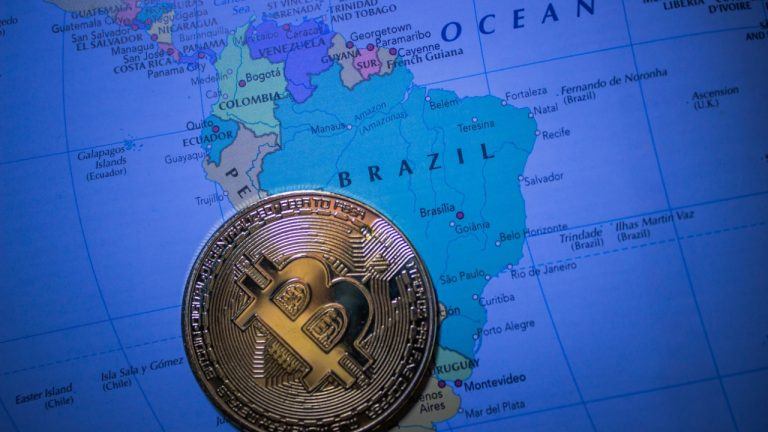
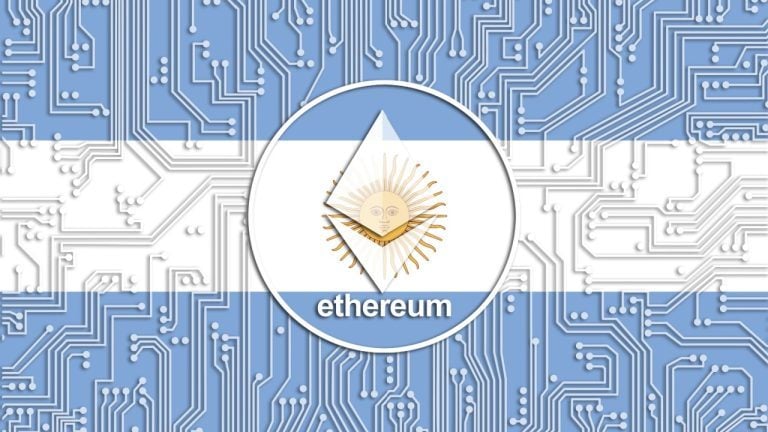






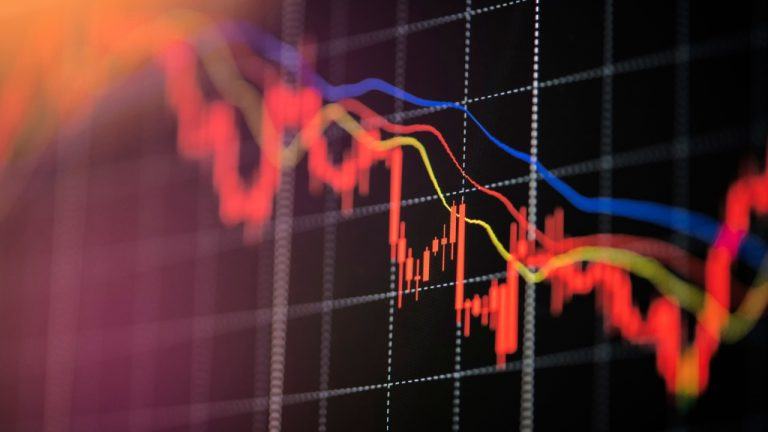
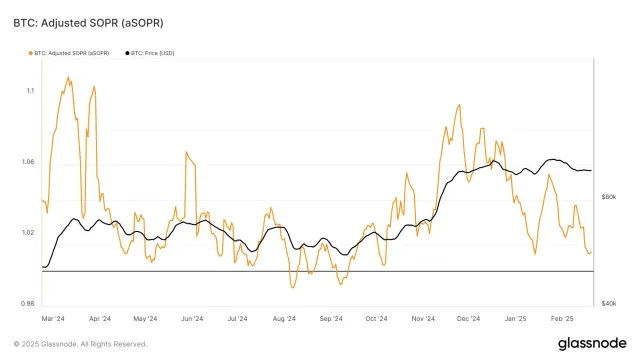
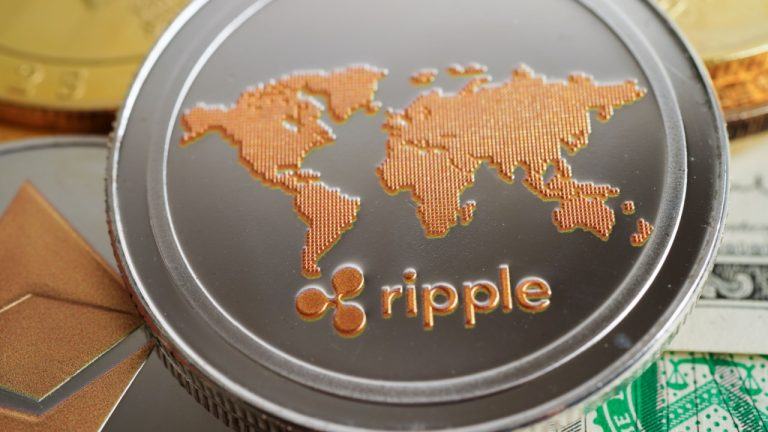

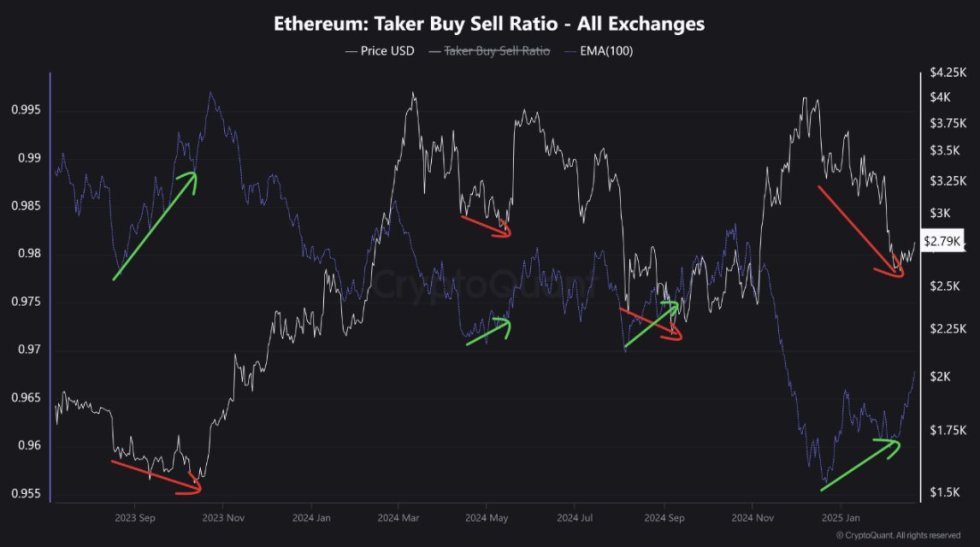






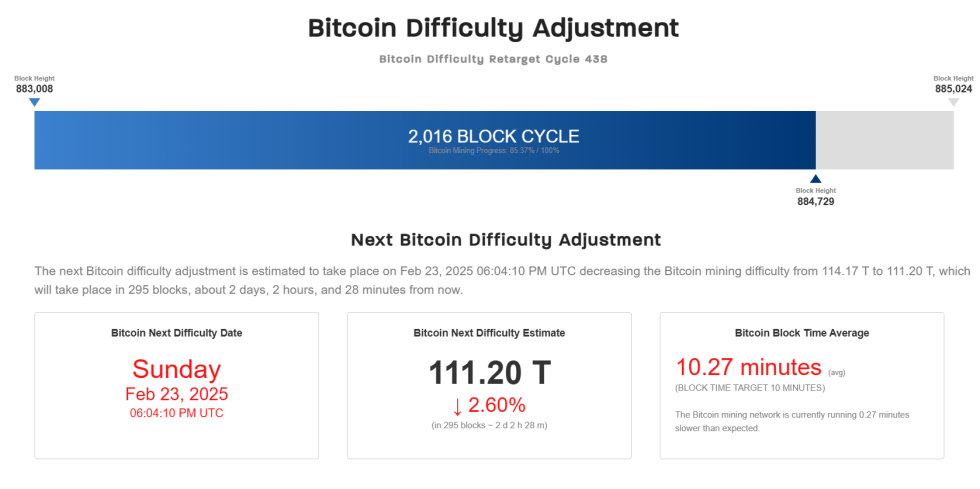
Comments